Westone wants to send some love to all the bass-heads out there. (Especially to closeted bass-heads who are too ashamed to come out). Certainly, if you love a rich low-end, you’re going to fall for Westone’s new B Series. The other day, I checked out the B50. And besides the W40, it’s the most fun I’ve had listening to pop on a Westone model. So, how does the more affordable, B30 stack up? Let’s find out in this Westone B30 Review.
Westone B30 Review
IN the BOX
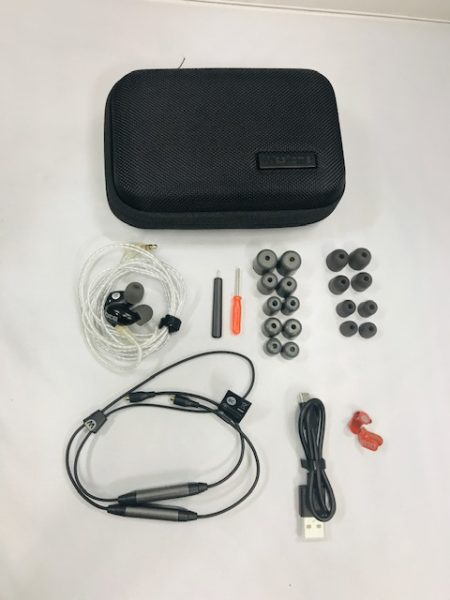
FIT
Few headphone brands can beat Westone in this category. Small shell sizes have become increasingly hard to come by with all the new blinging IEMs on the market. And compared to Empire Ears or Campfire, the buds are tiny. They sit perfectly in the contours of your ears and seal really well. In fact, the sound isolation is more effective than most noise-cancelling headphones I’ve tried.
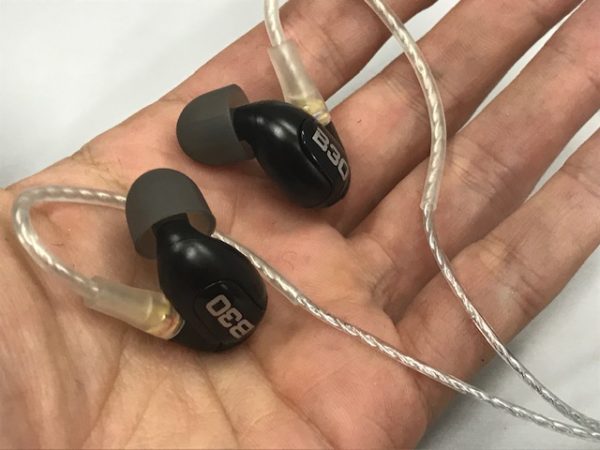
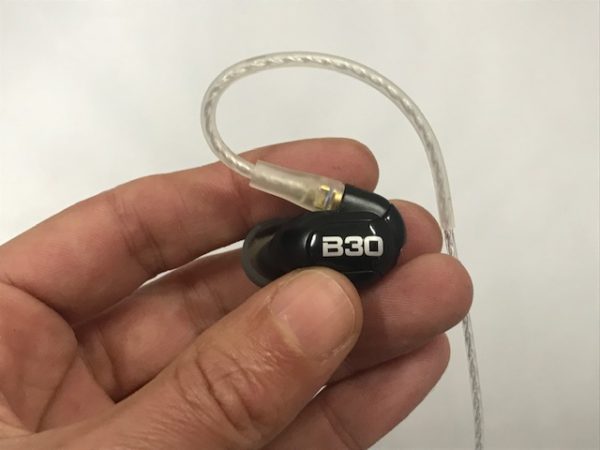
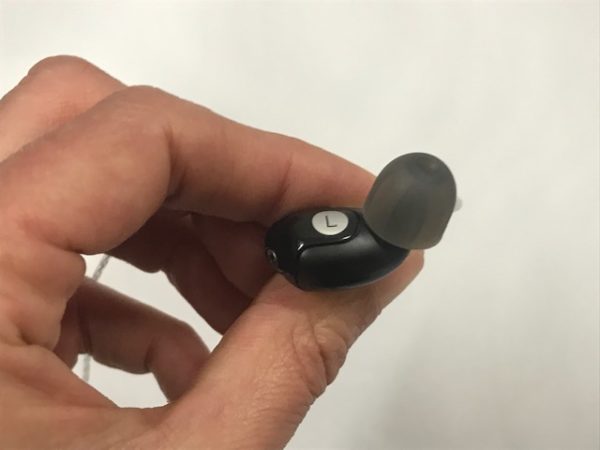
DESIGN
The B30 employs three balanced armature drivers with a 3-way crossover. Westone uses a silver-plated copper cable with MMCX connections.
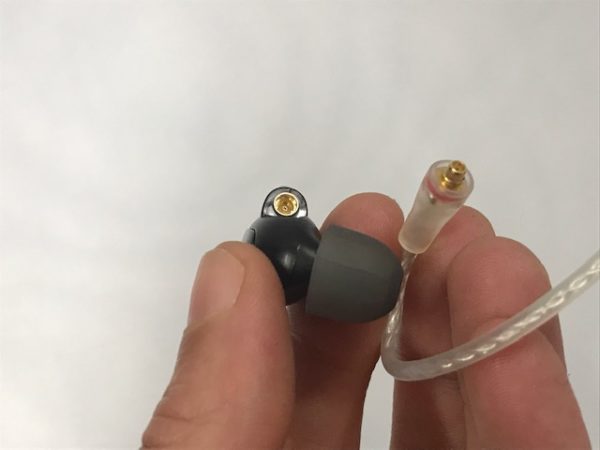
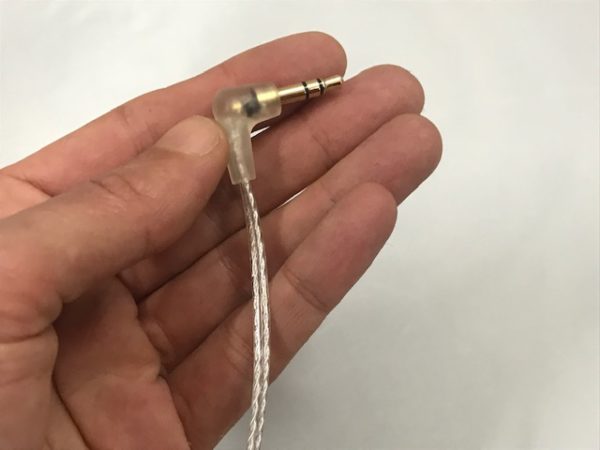
They’ve also thrown a Bluetooth 4.0 cable in the package. Note that the Bluetooth cable is not the latest Westone release. And if you want the highest quality wireless connection, which includes support for aptX HD, you’ll have to upgrade to their new cable, which runs for about $150.
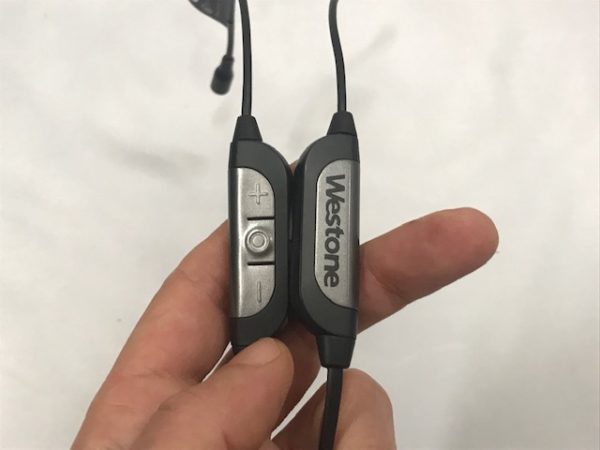
Build quality is generally top-notch when it has Westone’s name on it. To prove it, the company offers a 2 year warranty on all of its IEMs. I should warn you not to stuff them in your pocket, however. I put my Westones in my pocket and the faceplates cracked, even though I don’t remember sitting on them. But the faceplates are merely decorative, and I don’t even use them. My buds are completely naked.
With a sensitivity of 117 dB and an impedance of 110 Ohms, the B30 is easy to drive, and your phone should provide more than enough volume. The frequency range is 15Hz-18kHz, though these numbers are often misleading. So, let’s talk sound.
SOUND
Overall Impressions: Dark and full-bodied with a yuge bass. The way I like my men.
Lows
Westone holds nothing back here, and you can expect a freqload of bass presence. Bass-heads will dig it, while purists may become annoyed at the resulting muddinness in the low frequencies. Listening to bass-heavy pop tracks, for example, there was a slightly “veiled” feel about the sound at times. But in lighter tracks, that cloudiness disappear. Still the B30 lacked that clean, well-separated profile we’re used to seeing from Westone. So, let’s talk about what the B30 does well; the sub frequencies really come out to play when listening to hip-hop. And those who like tons of impact in their pop tracks will get all the punch they’re looking for.
Mids
The B30 shows presence in the mids, even if the bass steals the stage a bit from the low mids. Also, people who prefer a more dynamic sound may find that the vocals don’t sit forward enough. (Vocals sounded more present on the B50 in this range). But you’ll get a sweeping, full-bodied feel in the mids, bringing ample warmth and richness to rock and pop-rock tracks. Listening to guitar strums and picks in the lower mids, the separation could have been cleaner. And for some, the sound signature may be too heavy for folk music. Transparency isn’t bad in the upper mids. But testing out some classical string instruments, there was more smoothness than texture. So, my critical listeners out there may be hungry for a little more detail.
Highs
Listening to violin solos in this range, there was a nice amount of clarity and resolve. At the same time, folks who like to hear sparkle and snap from their high frequencies may want to consider the W Series. Listening to pop, percussion instruments lacked the crispness that adds energy to the track. And in general, the B30 falls on the darker side of the spectrum. That being said, folks with ears that are sensitive to high frequencies may appreciate the forgiving nature of this sound signature.
Soundstage
In terms of instrument placement, Westone is usually spot on. Perhaps because the separation isn’t outstanding, the imaging on the B30 felt a little less precise than what I’m used to from Westone (though it’s been a while since I’ve listened to the W30). At the same time, the B30 reveals plenty of height and depth. And in general, there’s enough dimension there to create a vivid 3D feel.
SUMMARY
You don’t have to be a bass-head to enjoy these buds. The sound signature is pleasing to the ears and easy to listen to for long stretches. That being said, for Westone fans who are accustomed to having a versatile sound signature, the B30 might be a compromise. But if you mainly listen to genres like pop, hip-hop and rock, you’ll get a luxurious fill of punchiness, warmth and fullness. And if you fall into the latter niche, these buds are ideal.

